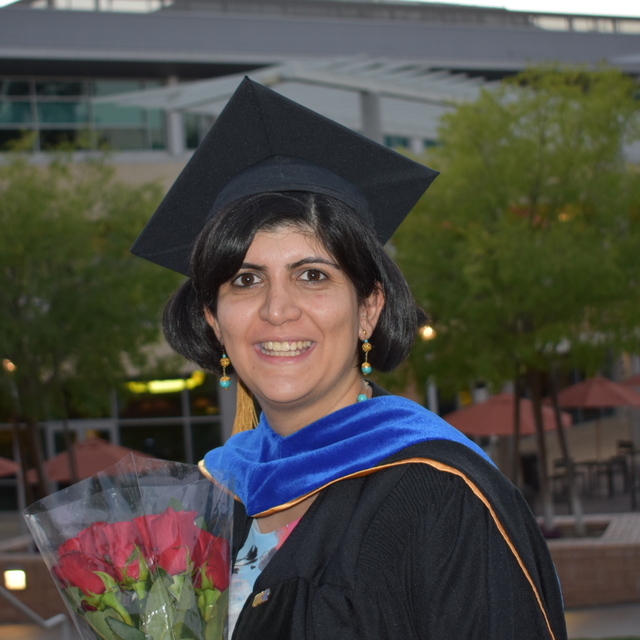May
2015
•
2015ApJ...804...17S
Authors
•
Siana, Brian
•
Shapley, Alice E.
•
Kulas, Kristin R.
•
Nestor, Daniel B.
•
Steidel, Charles C.
•
Teplitz, Harry I.
•
Alavi, Anahita
•
Brown, Thomas M.
•
Conselice, Christopher J.
•
Ferguson, Henry C.
•
Dickinson, Mark
•
Giavalisco, Mauro
•
Colbert, James W.
•
Bridge, Carrie R.
•
Gardner, Jonathan P.
•
de Mello, Duilia F.
Abstract
•
Narrowband imaging of the rest-frame Lyman continuum (LyC) of galaxies at z∼ 3.1 has produced a large number of candidate LyC-emitting galaxies. These samples are contaminated by galaxies at lower redshift. To better understand LyC escape, we need an uncontaminated sample of galaxies that emit strongly in the LyC. Here we present deep Hubble Space Telescope imaging of five bright galaxies at z∼ 3.1 that had previously been identified as candidate LyC emitters with ground-based images. The WFC3 F336W images probe the LyC of galaxies at z\gt 3.06 and provide an order-of-magnitude increase in spatial resolution over ground-based imaging. The non-ionizing UV images often show multiple galaxies (or components) within ∼ 1\prime\prime of the candidate LyC emission seen from the ground. In each case, only one of the components is emitting light in the F336W filter, which would indicate LyC escape if that component is at z\gt 3.06. We use Keck/NIRSPEC near-IR spectroscopy to measure redshifts of these components to distinguish LyC emitters from foreground contamination. We find that two candidates are low-redshift contaminants, one candidate had a previously misidentified redshift, and the other two cannot be confirmed as LyC emitters. The level of contamination is consistent with previous estimates. For the galaxies with z\gt 3.06, we derive strong 1σ limits on the relative escape fraction between 0.07 and 0.09. We still do not have a sample of definitive LyC emitters, and a much larger study of low-luminosity galaxies is required. The combination of high-resolution imaging and deep spectroscopy is critical for distinguishing LyC emitters from foreground contaminants.
Some of the data presented herein were obtained at the W. M. Keck Observatory, which is operated as a scientific partnership among the California Institute of Technology, the University of California, and the National Aeronautics and Space Administration. The Observatory was made possible by the generous financial support of the W. M. Keck Foundation.
Links





